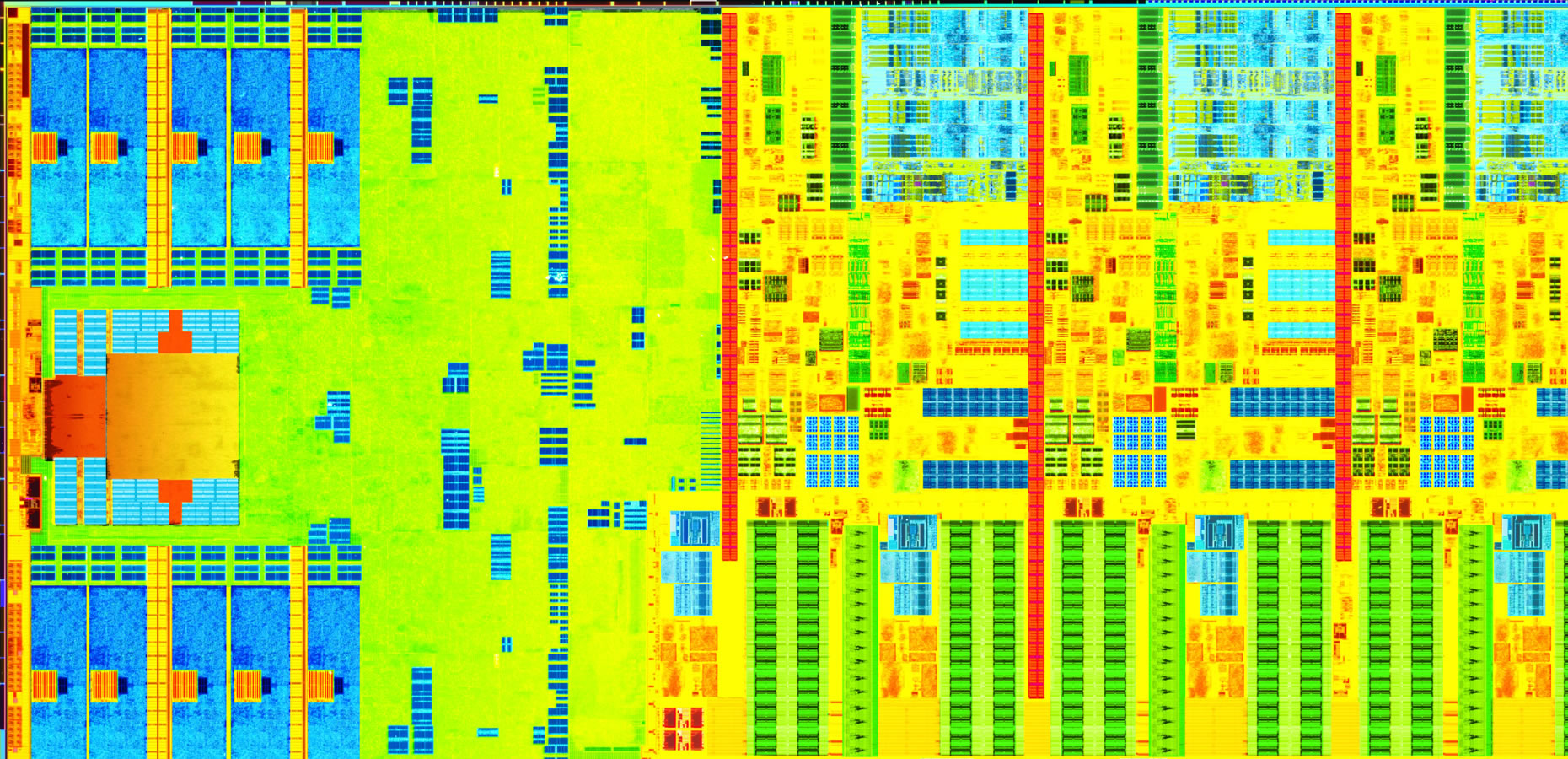Final Thoughts
In terms of performance the upgrade to Haswell is very reminiscent of what we observed when going from Sandy Bridge to Ivy Bridge: for the most part we saw very minor performance increases. Haswell looked most impressive in our encoding benchmarks where it was 3 to 13% faster. In our battery of application-based it was was 2 - 11% faster than Ivy, while the synthetic benchmark programs showed only minimal margins.
Although Ivy Bridge only provided a slight performance increase over Sandy, it was still a welcomed arrival for newcomers to the platform. Ivy Bridge improved efficiency, added a few new features, while it maintained the same price point of Sandy Bridge.
Haswell, on the other hand, seems less attractive for desktop users for a simple reason: it is not backwards compatible with Sandy Bridge or Ivy Bridge. The new LGA1150 socket means those wanting to upgrade to Haswell will need a new motherboard, such as those featured in our review. Thus, performance won't be a driver of desktop user upgrades with a small 13% jump at best. For those coming from much older platforms or an AMD system, then the Haswell socket change won't pose much of an obstacle.
In similar fashion, the Intel HD 4600 graphics solution that is featured across the majority of the Haswell desktop lineup will provide a modest 20 - 26% performance boost. Although on paper that is a pretty significant increase, it is an increase based on a pretty small figure if you are thinking about 3d rendering or gaming.
Unfortunately our Haswell coverage has been very rushed as we were handed a review sample very late and most of our testing was completed in 48-hour stretch. But, of course, for you we were willing to work Friday night and Saturday morning and get this out on time. For now we were forced to overlook overclocking the Core i7-4770K.
Intel did provide a comprehensive overclocking guide for their DZ87KLT-75K motherboard, unfortunately that board didn't work, leaving us to complete our testing using the boards provided by Gigabyte and Asrock. Regardless, we'd like to thank Intel Australia for providing the review kit, along with Gigabyte for the Z87X-UD3H, Asrock who generously sent along three high quality motherboards and OCZ for providing their Haswell-compatible Mk III Silencer power supplies.
Beyond what we've seen here in terms of Haswell CPUs for the desktop realm, the Core i7-4770R poses an interesting question for the future. This is the only desktop processor to feature the Iris Pro Graphics 5200, however this is a BGA part which means it is soldered directly to the motherboard and thus a far less flexible option.
As unusual as this concept sounds for a high-end desktop processor we should get used to it. In roughly a year's time Haswell will be shrunk down to the 14nm process, creating 'Broadwell' which will focus heavily on BGA. The days of buying a motherboard and then picking among a wide range of processors could be numbered.
Overall Haswell has further strengthened Intel's position providing greater performance, efficiency and features. It might only be a mild step up from what we had with Ivy Bridge, but at $339 the Core i7-4770K is roughly the same price as the i7-3770K.
score
Pros: Slightly better performance, efficiency and graphics for the same price as Ivy Bridge. New architecture is the begining of the road ahead for Intel CPUs.
Cons: With no tangible competition in the desktop realm, Intel is no longer focused on raw performance, so there's even less to see in that respect this year. New platform/socket is not welcome.
